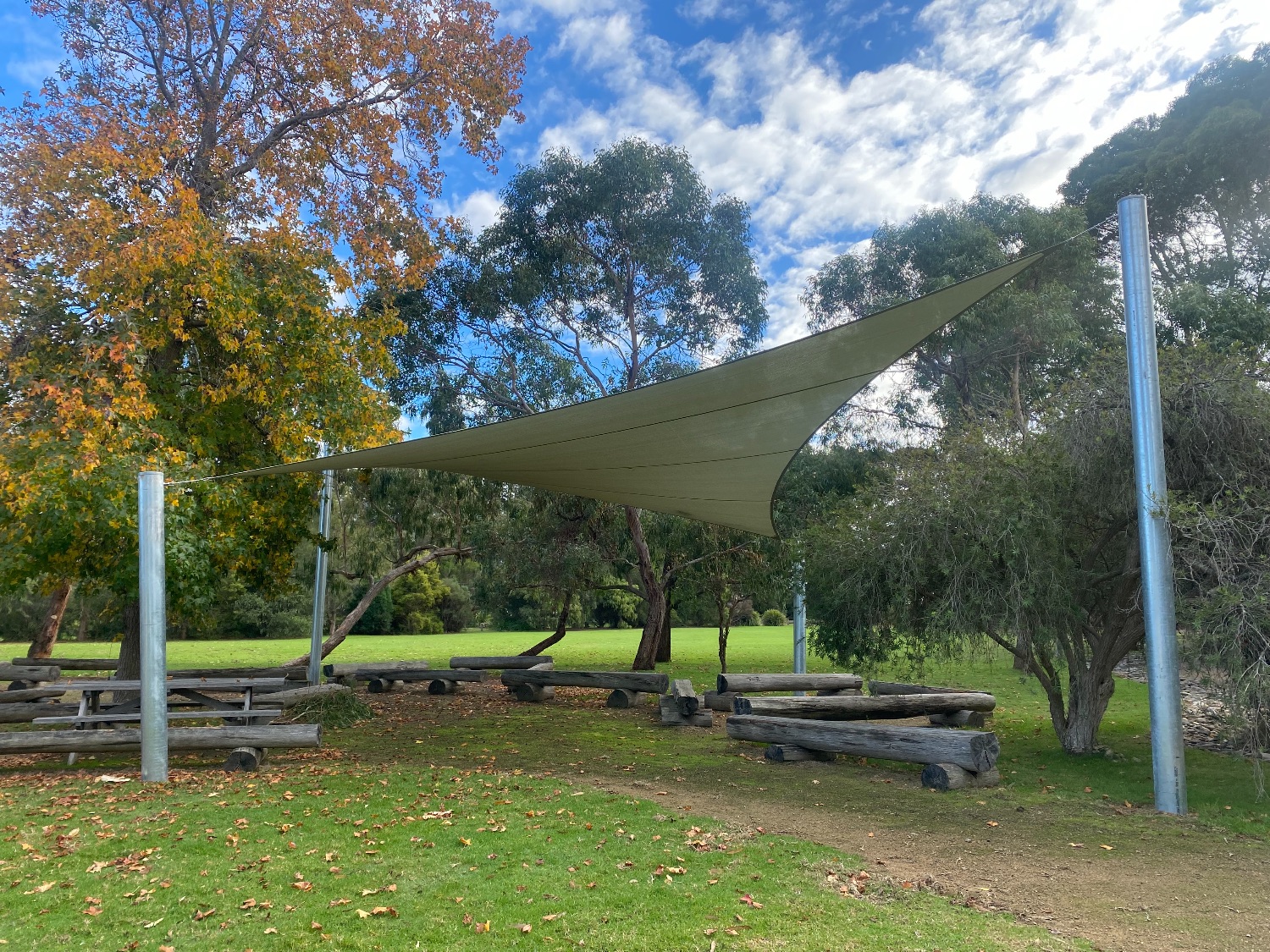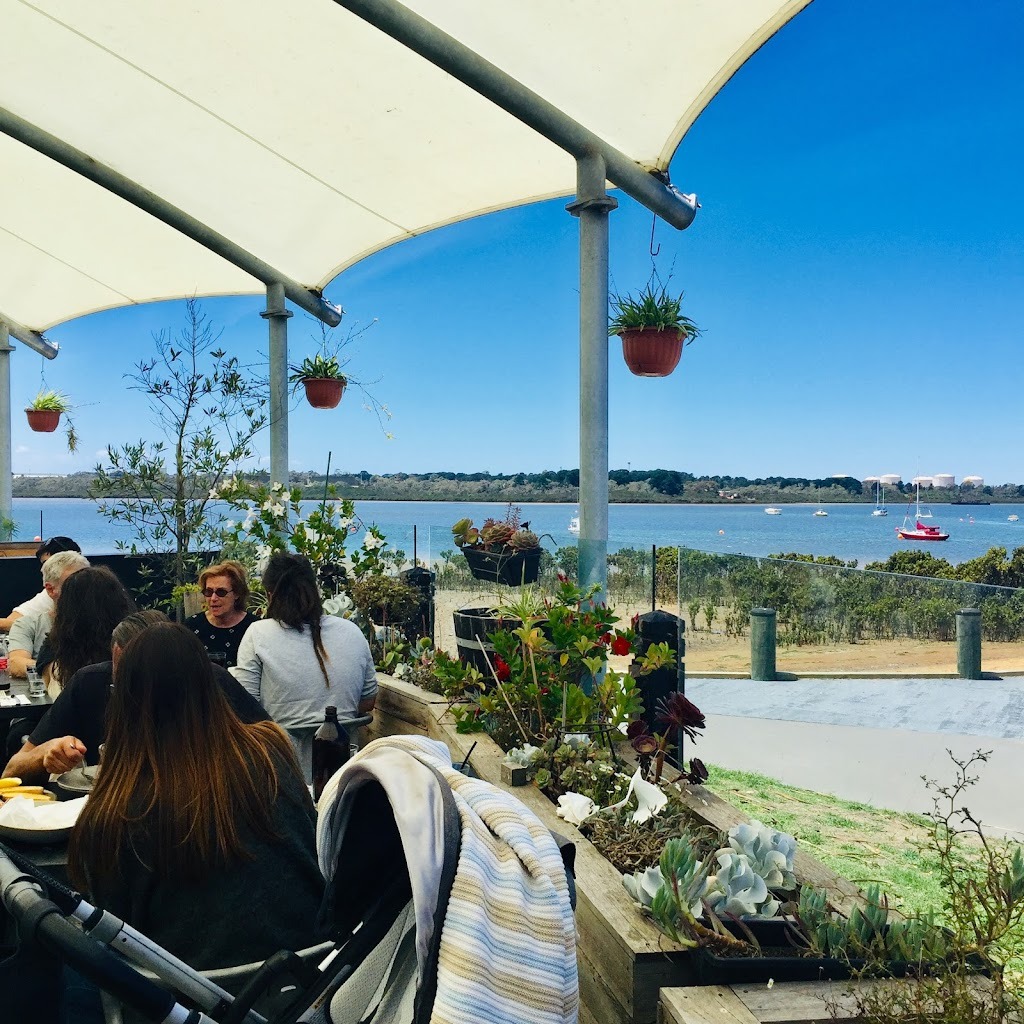Shade Audits
Shade Audits: Assessing and Enhancing Sun Safety
What is a Shade Audit?
A shade audit is a comprehensive assessment of the existing shade coverage in an outdoor space. It involves evaluating the effectiveness and performance of shade structures, identifying areas that require improvement, and developing strategies to enhance sun safety. A shade audit provides valuable insights into how well an area is protected from UV radiation and helps guide the installation or improvement of shade structures.
A shade audit is different from a structural shade inspection as required from the VSBA . Please visit our page on that topic here
Steps Involved in a Shade Audit
To conduct a shade audit, several key steps should be followed.
Step 1: Site Assessment
The first step of a shade audit is to assess the outdoor space that requires shading. This includes measuring the area, identifying potential sun hazards, and determining the times of day when shade is most needed. Consider factors such as the position of the sun throughout the day, how much natural shade is avaliable in the area, the age and condition of existing shade structures, and the usage patterns of the area.
Step 2: Shade Coverage Analysis
The next step is to evaluate the existing shade coverage in the outdoor space. This can be done thorugh visiual ovbservation of the site or the use of computer aided design (CAD) tools to provided shade modeling of shade cover at specific times of the day and year. This analysis helps identify areas that may need additional shading or areas where existing shade structures can be optimized for better coverage.
Step 3: Shade Effectiveness Assessment
Assess the effectiveness of the existing shade structures in providing protection from harmful UV rays. Consider factors such as the angle of the shade, the type and quality of materials used, and the size and positioning of the structures. SunSmart recommends aiming for a minimum of 94% UV protection from shade structures.
Step 4: Shade Improvement Strategies
Based on the findings from the assessment, develop strategies to improve shade coverage and effectiveness. This may involve installing new shade structures, repositioning existing structures, planting more natural shade or avoiding using certain areas of the site during high UV periods. Consider the specific needs of the area and the budget available for shade improvements.
Step 5: Implementation and Maintenance
Once shade improvement strategies have been decided upon, proceed with the installation or modification of shade structures. Follow proper installation guidelines and ensure regular maintenance to maximize the longevity and effectiveness of the shade. Routine inspections and maintenance will help identify any issues and ensure the ongoing sun safety of the area.
References
SunSmart: “Shade Guidelines.” https://www.sunsmart.com.au/downloads/resources/booklets/shade-guidelines.pdf
Cancer Council: “Guide to Shade Planning and Design.” https://www.cancercouncil.com.au/wp-content/uploads/2011/04/Guidelines_to_shade_WEB2.pdf



